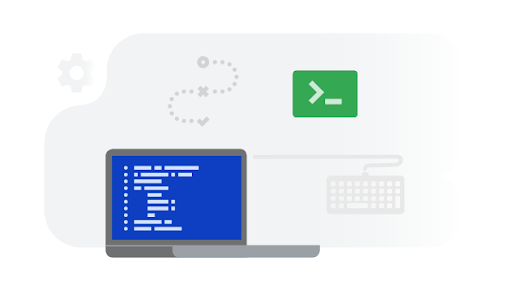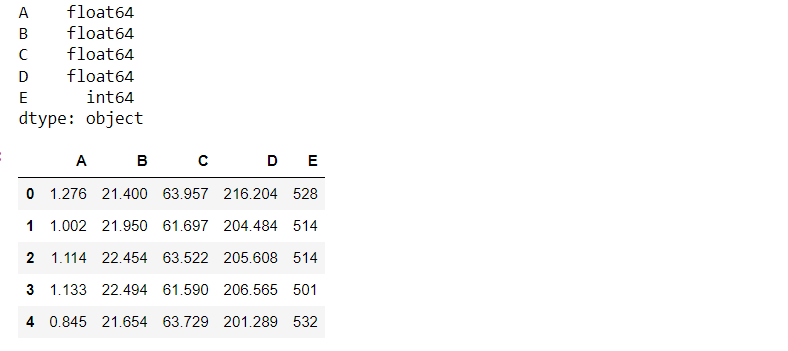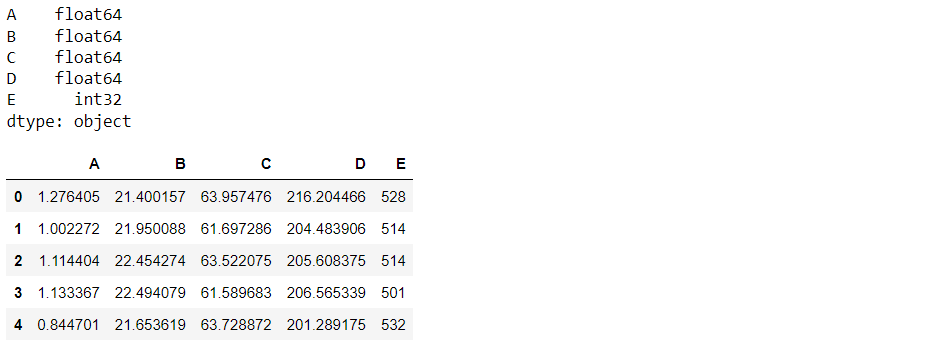Introduction
When we started our data science journey the very first library that got our way was pandas and the very first function was read_csv(). But do we have only a CSV file to read? No right! This article will let you know about other methods one can use to read and access the dataset.
In this article, we’ll explore various methods of loading data using Python. The inspiration for this piece stemmed from my search for alternatives to handling CSV files, as I noticed a shift in focus across several sites. Nonetheless, it’s undeniable that PD.read_csv() stands out as a premier method for dataset ingestion in Python, particularly with Pandas. Yet, in the realm of real-time projects, familiarity with diverse file formats and techniques for accessing data is invaluable. Whether it’s CSV files, data frames, or other file formats, having a repertoire of methods at our disposal ensures adaptability to different scenarios. So, let’s delve into some code snippets to expand our data loading arsenal.
So, let’s first see what kind of methods we are gonna be working then straightaway implement it using Python.

Source: Google Digital Garage
This article was published as a part of the Data Science Blogathon
Loading Data in Python Using 5 different methods
- Manually loading a file: This is the first, most popular, and least recommended way to load data frame as it requires many code parts to read one tuple from the data frame. This way comes into the picture when the dataset doesn’t have any particular pattern to identify or a specific pattern.
- I am using np. load txt: One of the NumPy methods for loading different types of data though it is only supported when we have data in a specific format, i.e., pattern recognizable, unlike the manual way of reading the dataset.
- Using np.GenFromTxt: This is another NumPy way to read the data, but this time it is much better than the np. load txt() method recognizes the column header’s presence on its own, which the previous one cannot follow. Along with that, it can also detect the right data type for each column.
- Using PD.read_csv: Here is the most recommended and widely used method for reading, writing, and manipulating the dataset. It only deals with CSV formatted data, but the support of various parameters makes it a gold mine for data analysts to work with different sorts of data (they should have a specific format).
- Using pickle: Last but not least, we will also use a pickle to read the dataset present in the binary format. So far, we chose pickle only to save the model, but the capabilities of this module are much more than that which we will explore in the future article.
Importing the Required Python Libraries
The first thing for using the python supported libraries we first need to import them to establish the environment and configuration. Here are the following modules that we will import.
- Numpy: Numpy is mainly used to perform mathematical calculations though here we will use it to access the methods for our needs. They are np. load txt() and np. GenFromTxt().
- Pandas: For converting the unsorted data into the correctly formatted dataset, we can later manipulate and draw some insights.
- Pickle: We need to import the same independently for using the pickle module.
import numpy as np import pickle import pandas as pd file_dir = “load_dataset_blog.csv”
So we have imported the modules we might need and stored the dataset’s path in a variable so that we don’t have to write it again and again.
Manually Reading the Dataset
Here comes the first method, where we will use the open and readLines method by looping through each line. For that reason, it is the least recommended and exceptionally used method as it is not flexible and feasible enough to make our task easier instead of a bit hectic.
Code breakdown:
- Firstly, we are using an instance with an open function to read the dataset. Then to access each tuple, we have to loop through the complete dataset till the end of the file (readLines()).
- Then, one will notice that we have also used the replace function as after every line, there is the line break which is not needed while building up the DataFrame.
- Then, the column names and data (tuples) are separated. Note that for storing data values, we are using the list comprehension method. At last, using pandas’ DataFrame function the unstructured data is converted into a pandas dataset.

np.loadtxt
This method is widely used for simple data arrays requiring very minimal formatting, i.e., for simple values where such changes are unnecessary. Here we also use some mandatory parameters that will be discussed in no time. We can also use the np. save_txt function to save the data read/loaded by np. load_txt.d1 = np.loadtxt(filename, skiprows=1, delimiter=”,”) print(d1.dtype) print(d1[:5, :])
Output:
Inference: np. load txt() method is used with relevant parameters like filename to get the path of the dataset, and skip rows, which is responsible to decide whether the first row (column headers) should be skipped or not. The delimiter specifies how the values are separated as in our case; it’s a comma (“,”).
For printing each row (5 here), we use the slicing concept of python list data type. Note that we cannot see the column header in output because skip rows are set to 1.

np. GenFromTxt
This is another function supported by NumPy that is more flexible than the np. Load txt function as np. GenFromTxt has better parsing functionality in supporting different types of data, named columns.d2 = np.genfromtxt(filename, delimiter=”,”, names=True, dtype=None) print(d2.dtype) print(d2[:5])
Output:
Inference: Starting with focussing on the parameter where filename is used to access the path of the dataset, then delimiter is tagged as comma as we are working with CSV file, names are set to be True so that columns are visible. Lastly, type is set to None so that NumPy will autodetect the column type ((‘E’, ‘<i8’) – integer detected)

pandas.read_csv
By far the best and most flexible CSV/txt file reader. Highly recommended. If you don’t believe me, just look at the obscene number of arguments you can parse to read_csv in the documentation.d3 = pd.read_csv(filename) print(d3.dtypes) d3.head()
Output:
Inference: There is not much to discuss here, as reading the CSV file from pandas is something from where we started our data science journey. Note that just like the previous function it can also detect the real data type of each column (E – int64).

Pickle
When your data or object is not a nice 2D array and harder to save as something human readable. Note that if you just have a 3D, 4D… ND array of all the same type, you can also use np. save, which will save an arbitrary NumPy array in binary format. Super quick to save, super quick to load in, and small file size.
Pickle is for everything more complicated. You can save dictionaries, arrays, and even objects.with open(“load_pickle.pickle”, “rb”) as f: d4 = pickle.load(f) print(d4.dtypes) d4.head()
Output:
Inference: The last method for loading/reading the data is Pickle, we have often used this for only saving the model, but here, we can see that it can also read the same in the read mode (note that it is serialized in the binary format). For loading the pickle file, we use the load function.
How To Import Data Into Python?
To import data into Python, you have several options depending on the format and source of the data. If you’re dealing with different file formats, such as CSV files, which are commonly used for tabular data, you can utilize the built-in csv module or the powerful pandas library. Similarly, for Excel files, pandas provides a convenient method for importing data. JSON files, often used for semi-structured data, can be imported using the json module or pandas. Plain text files can be read using basic file reading methods or pandas as well. If your data resides in an SQL database, libraries like sqlite3 or SQLAlchemy can establish connections to the database, allowing you to execute SQL queries and fetch data. Each method offers its own advantages, so the choice depends on factors such as data complexity, size, and the tasks you need to perform with the data once imported.
Conclusion
In this final section of the article, we delved into various methods for reading data with loading data in python, including handling “txt files” and “csv files” using Python’s extensive functions. By exploring these methods firsthand, we not only grasped their nuances but also identified their respective constraints and optimal use cases. This comprehensive understanding equips us to make informed decisions when working with data in different formats like “csv format”.
- First, we started with manually reading the file and concluded that it is highly not recommended to use this method as it is time-consuming.
- Then we discussed two methods that NumPy supports (np. load txt and np. GenFromTxt), where the second one seems more optimal as it was even able to detect the right data type for each column.
- At last, we parsed through the last two ways (read_csv and pickle), where we got an interesting insight- pickle is just not for saving models but also for training/testing datasets, dictionaries, objects, and what-not.
Here’s the repo link to this article. I hope you liked my article on Different ways of loading data using Python. If you have any opinions or questions, comment below.
Connect with me on LinkedIn for further discussion on Python for Data Science or otherwise.
The media shown in this article is not owned by Analytics Vidhya and is used at the Author’s discretion.





Is a very good materials for our learning